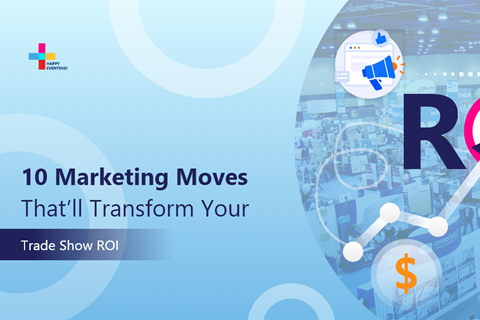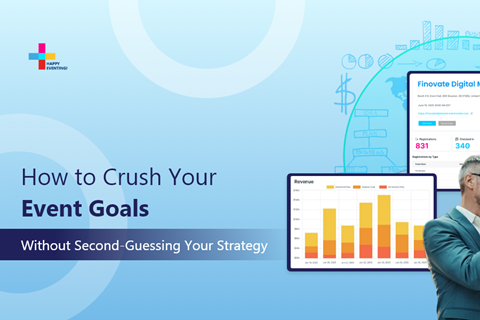

Whether it is a free event or paid event, the effort required is usually the same.
When you do a paid event, the business reason is usually straightforward: you are providing a value in return for earning from ticket sales and attendance.
When you do a free event, the return value is just as valuable as for paid events. The return on your investment of time and effort is attendance and awareness about your business, not to mention that free events usually turn into paid ticket opportunities in the future. However, the one incredibly crucial component of organizing a free event that is often overlooked is attendee data.
Each attendee at your event is there for a reason; they are interested in what you’re offering. Chances are, if they enjoy your event and like what you do, they’ll want to come back. You can take advantage of this easily to ensure that your attendees aren’t just one-timers. This can easily be accomplished by keeping track of their data.
It’s vital to save their data -- names, e-mail addresses, phone numbers -- so you’ll be able to reach out to them in the future so they can have another incredible experience. Just collecting the e-mails of free registrants is one of the most powerful strategies that will help your organization grow, since you can use that data to check-in with them, keep them in the loop about your business’s happenings, remind them to RSVP, or inform them about an upcoming event they might like.
Unfortunately, even after someone RSVPs to a Facebook event, their data is not saved. Facebook events do a great job of allowing you to track how many people are attending your event and helping you boost your event to a wider audience, but Facebook won’t provide information about their demographics, interests, or contact information (unless you’re advertising). In short, using Facebook events as a method of tracking attendees is extremely limited and won’t help bring traffic to your future events.
Another common way to get attendee data is by using Google Forms. There’s nothing wrong with using Google Forms, except it’s a pretty basic and flat method, and it doesn’t help expand your audience or market your event at all. It’s true that you now have saved your attendees’ data, which is a step up from Facebook events, but that data is static and all you can do is export it. To reach out to your attendees, you’ll have to do everything manually. That means typing in each of their e-mail addresses by hand (or importing them into a email service), finding each of them individually on social media platforms, and checking in with them manually. Plus, you’ll face major issues regarding inventory control, communicating with your customers, and using transferable tickets. This process is painstaking, time-inefficient, and requires a lot of unnecessary effort simply because it is fragmented.
Using e-mails to catch RSVPs (i.e., send your RSVP to email@address.com) is only good if you’re living in 1997.
Eventcombo not only gives you the facility to allow people to RSVP for free, but it helps market your event so you can broaden your reach and widen your audience. Plus, you can take advantage of all these additional features at no cost:
In the era of data, it’s crucial to generate loyalty and commitment by capturing and saving your attendee data.
For more information, visit www.eventcombo.com/howitworks

The economics of trade shows have shifted. Yet the ROI conversation is still murky. As trade show costs rise, budgets aren't keeping pace, creating pressure on event organizers.

If you’re an event organizer, you know the drill. Event goals often sound fantastic in the initial brainstorming session, but when it’s time for execution, they can easily collapse.

Let’s be honest: there was a time when great content and a catchy title were enough to pull in a crowd. But today, events have become a go-to marketing play, and now, everyone’s in the game.